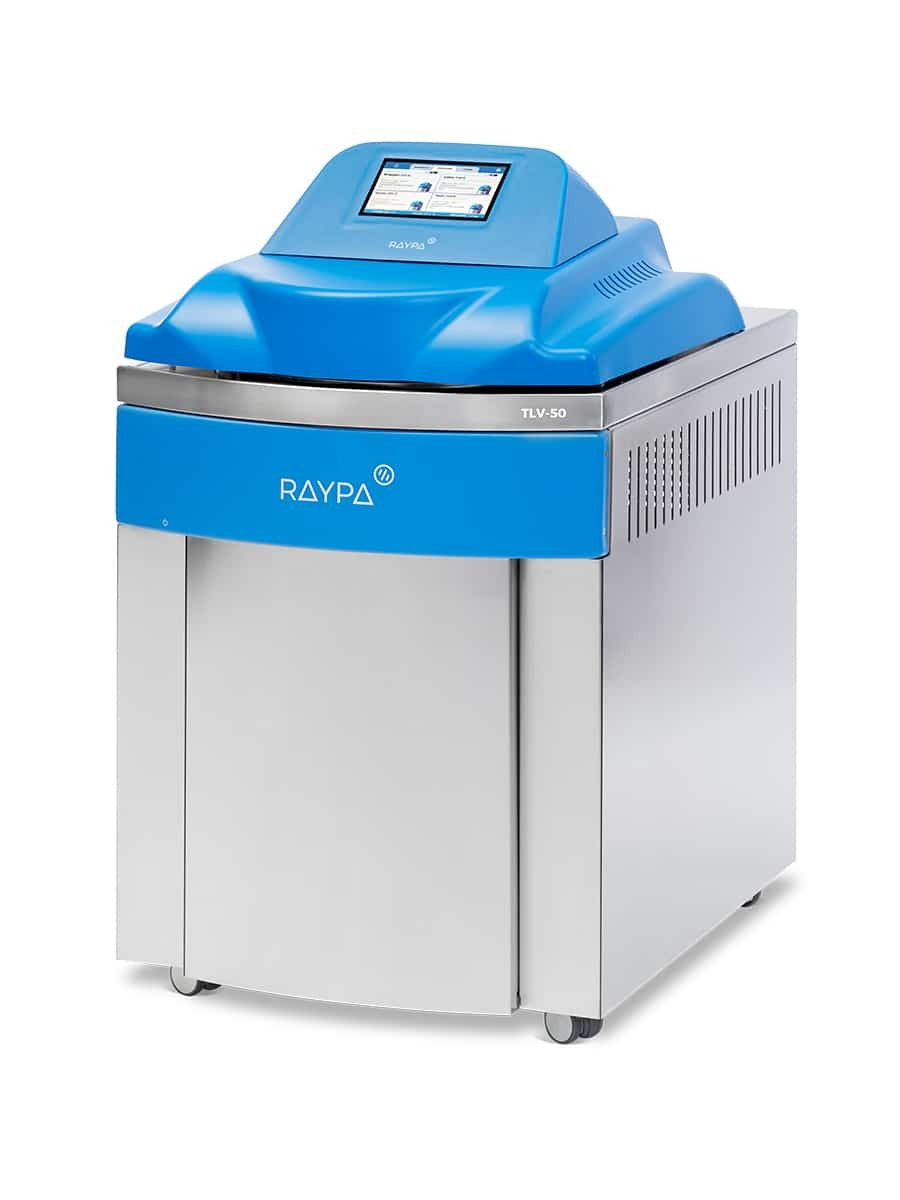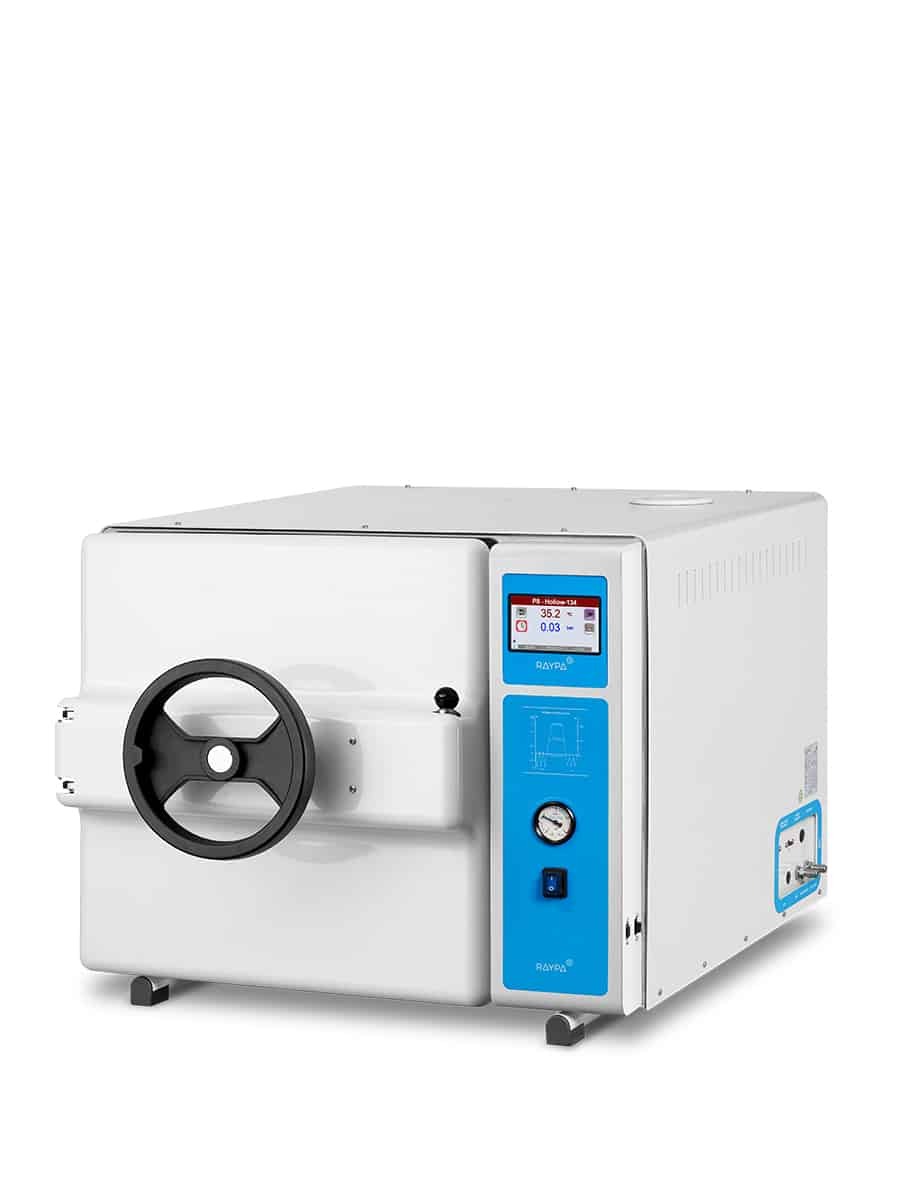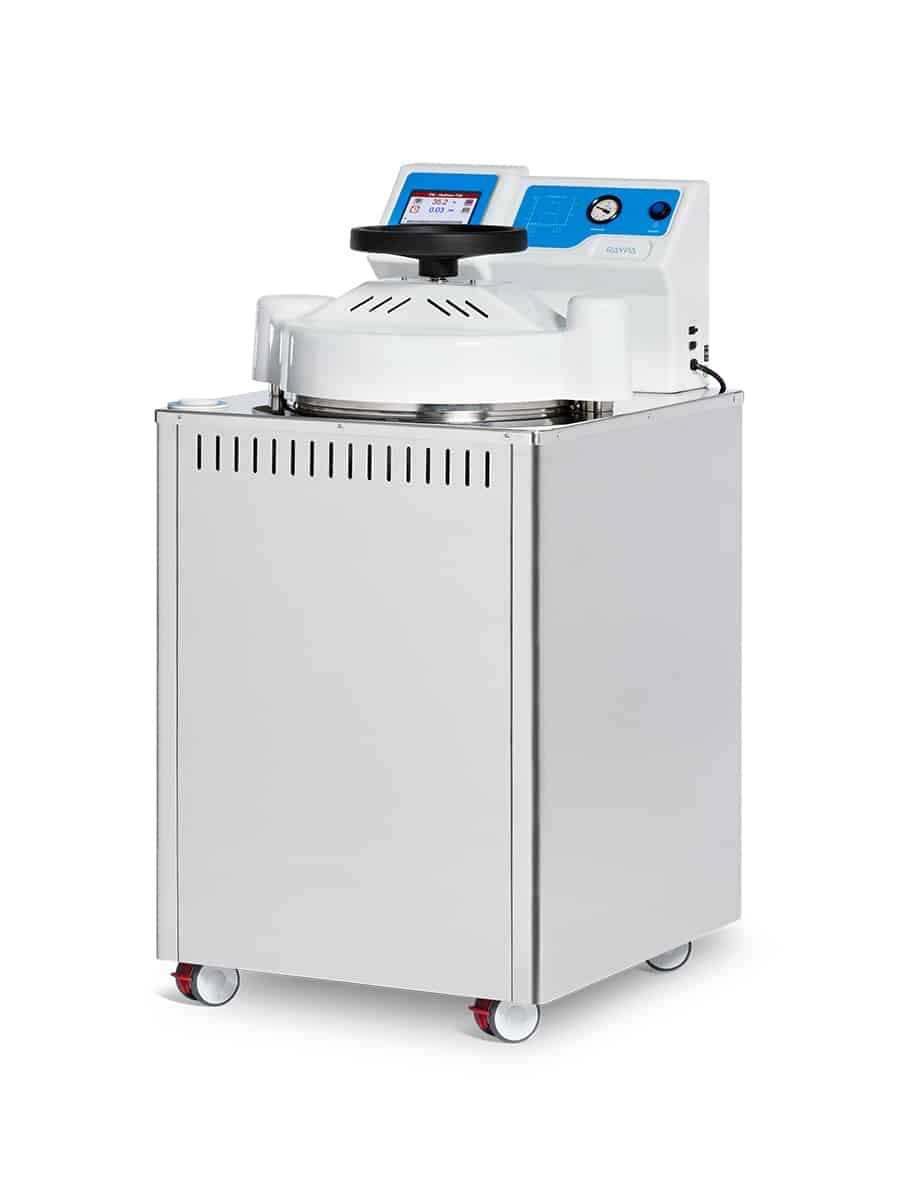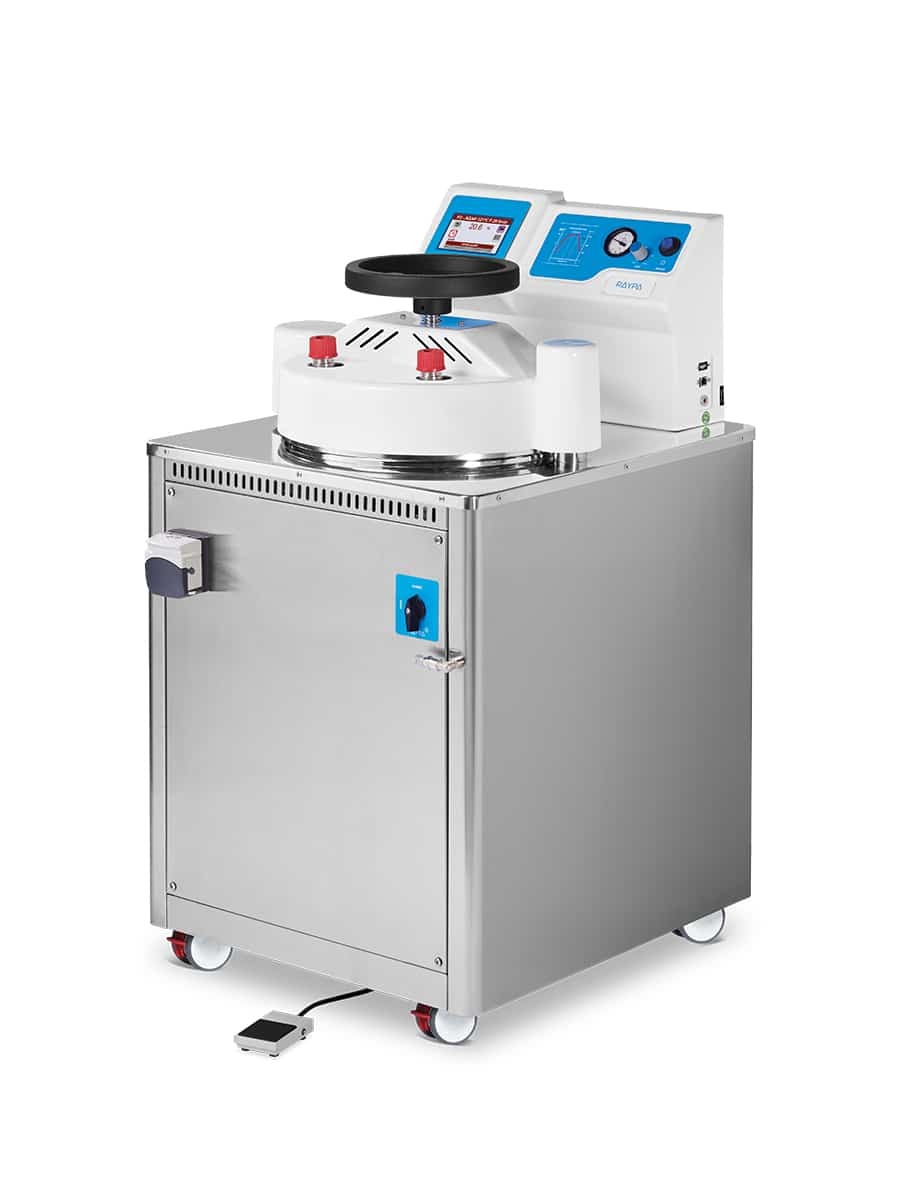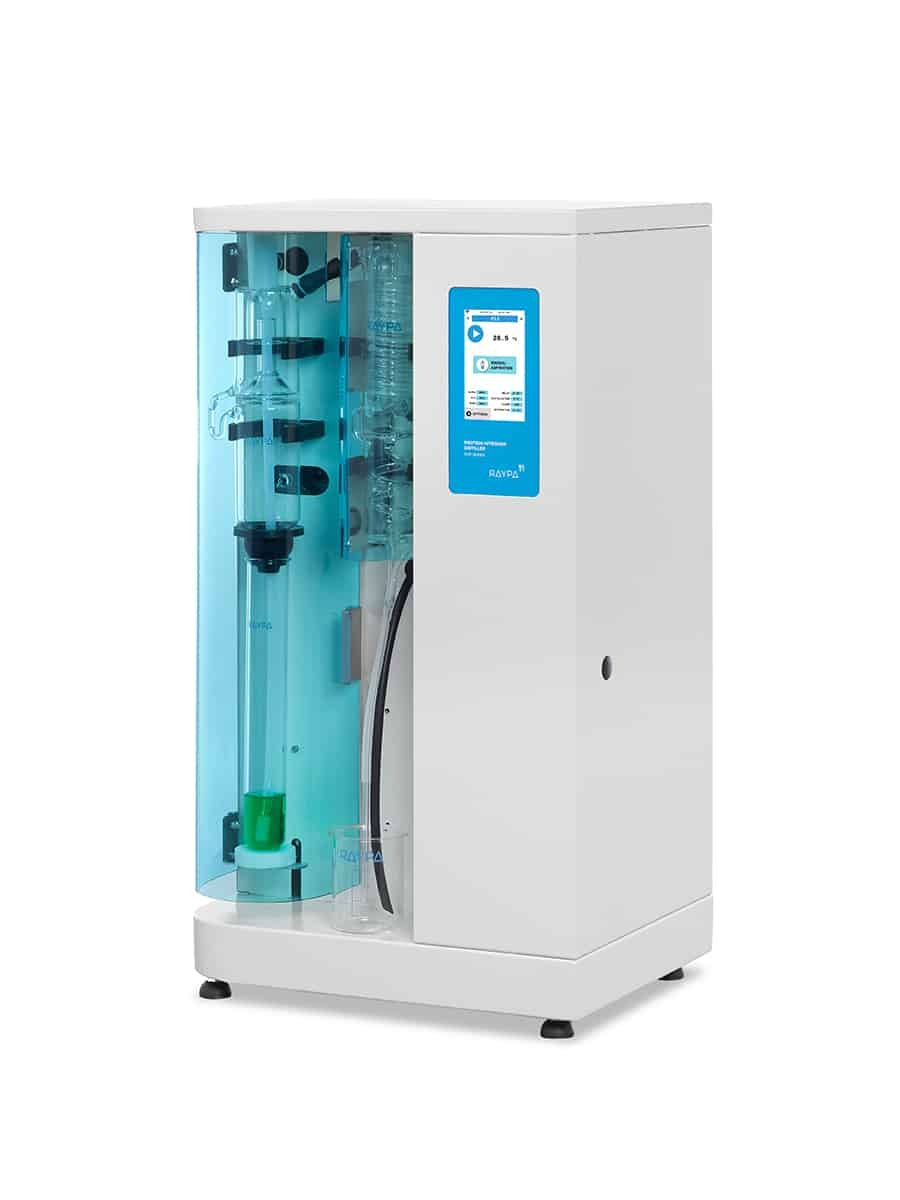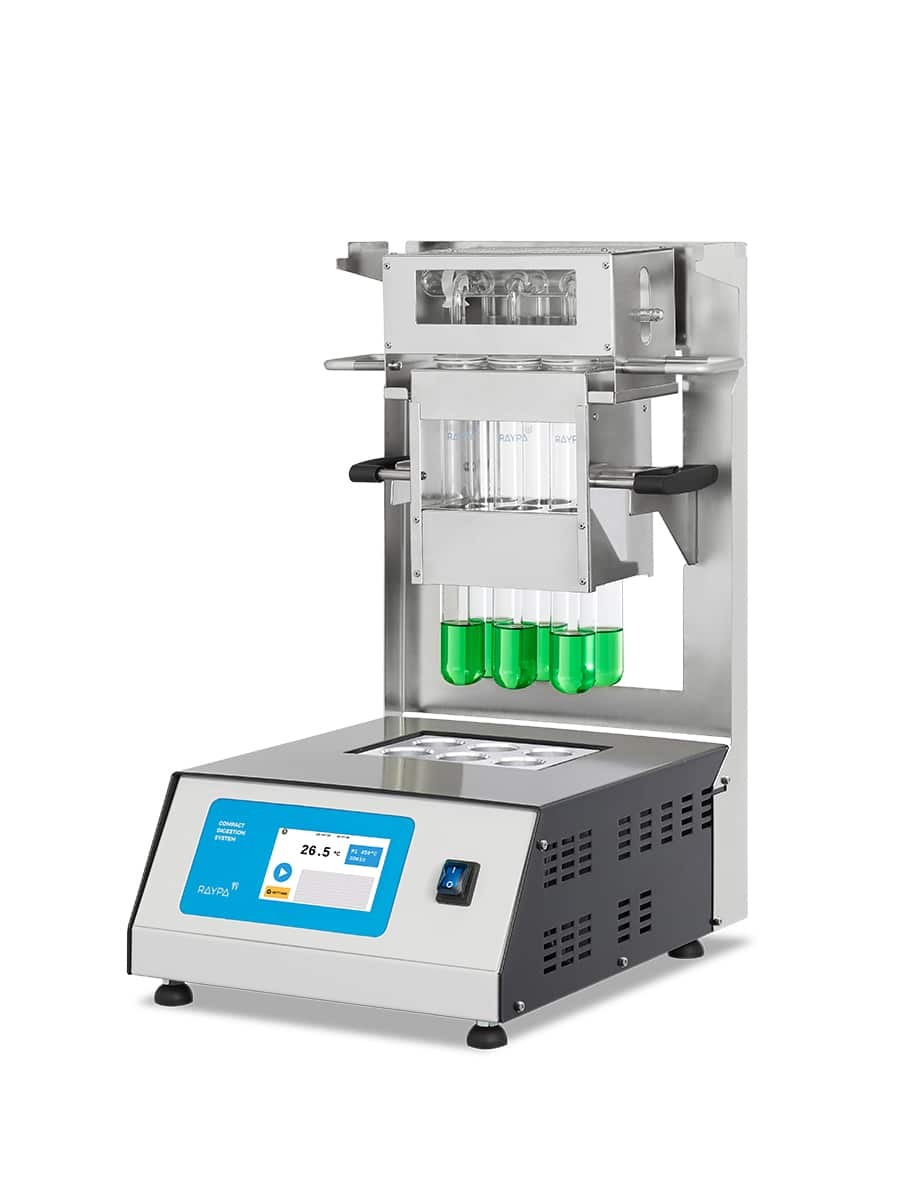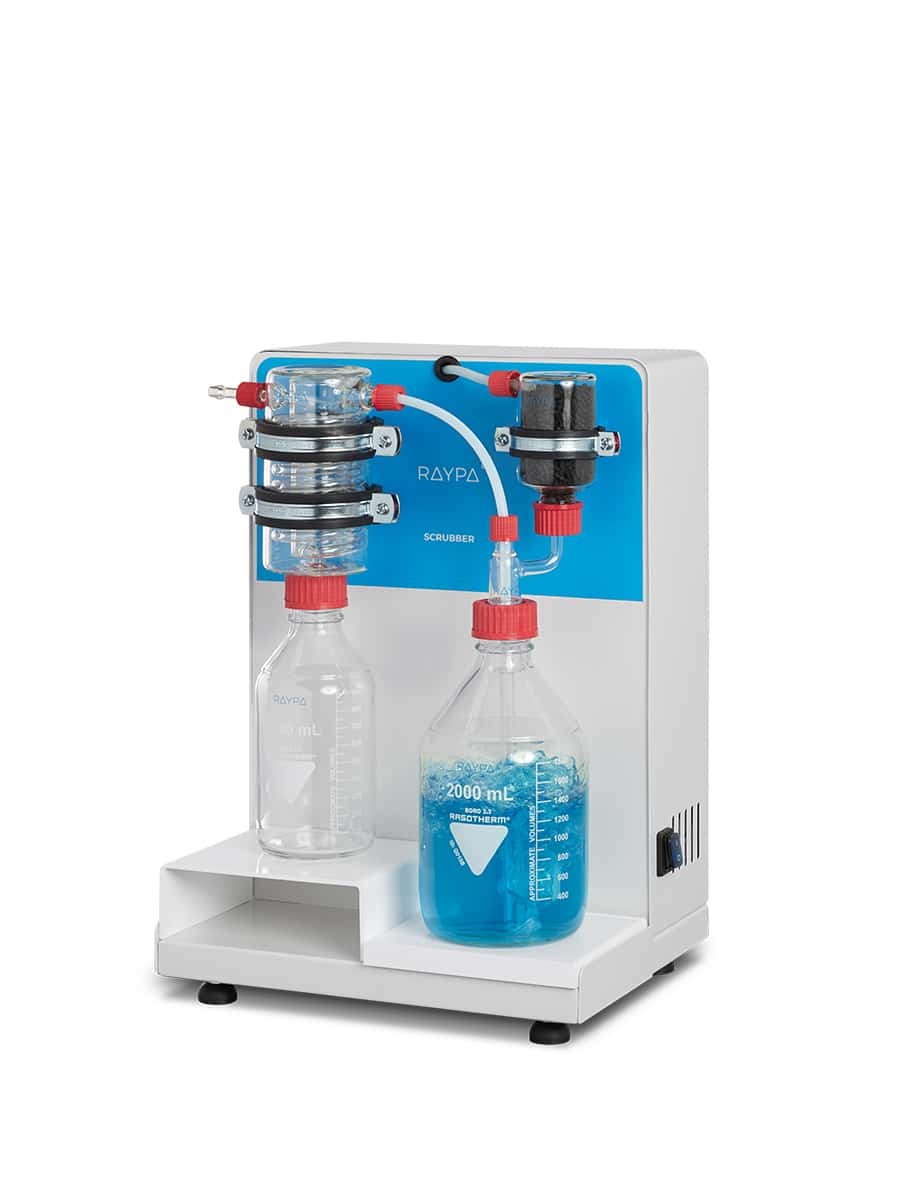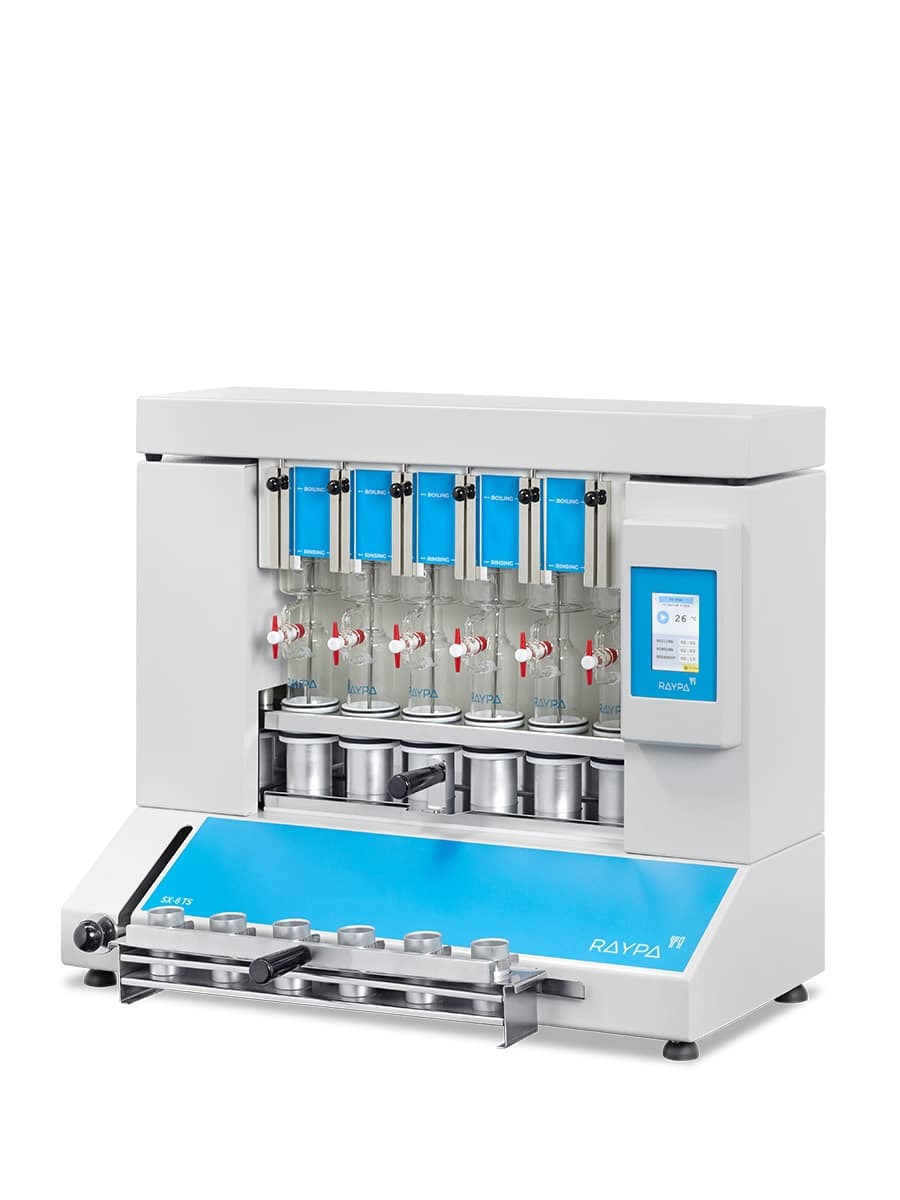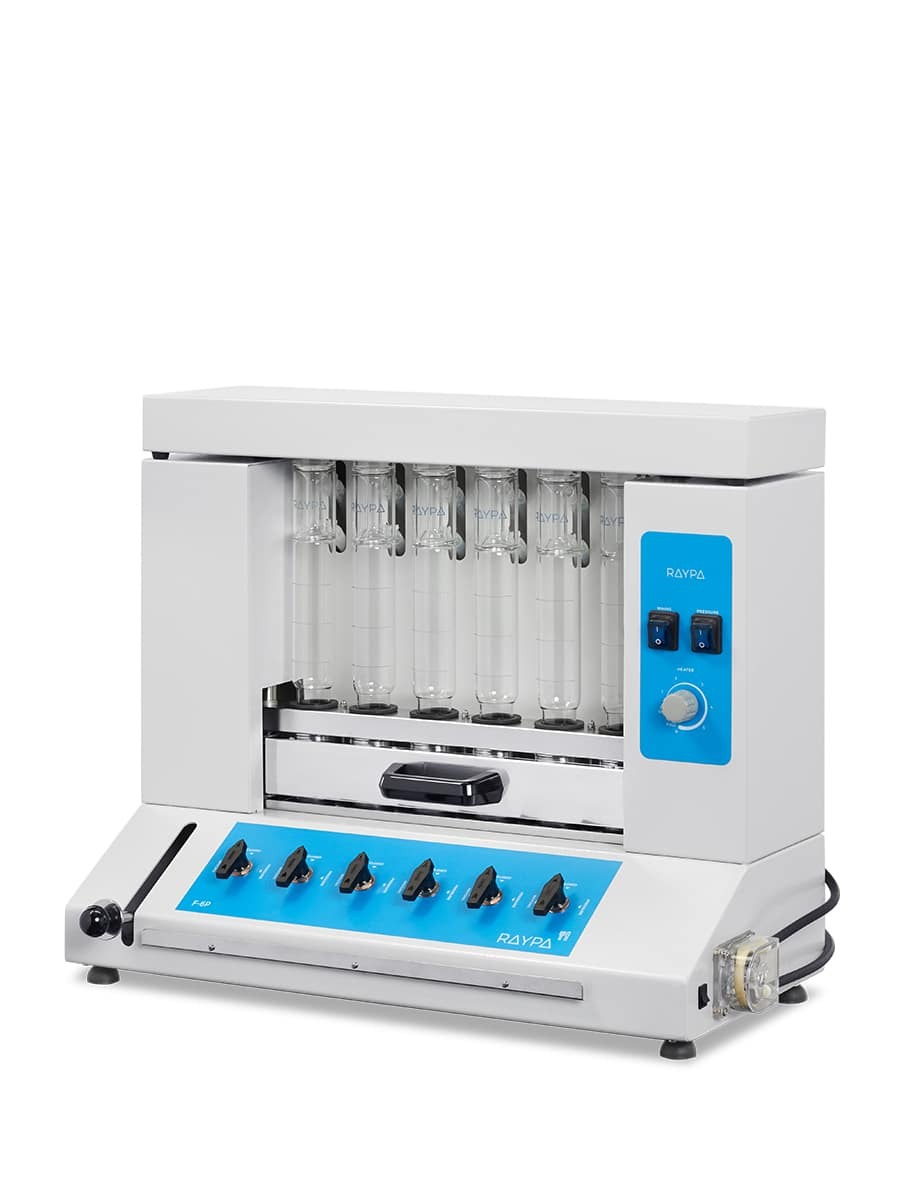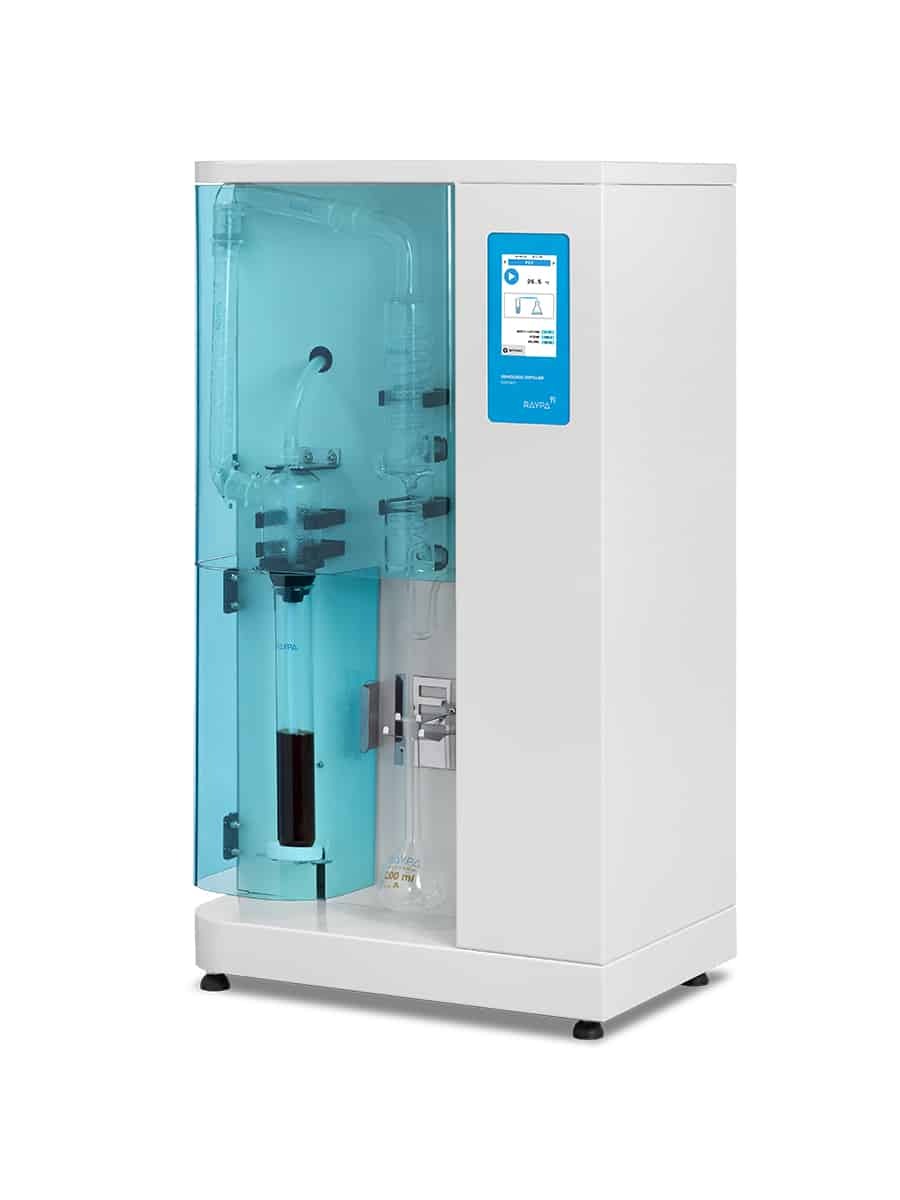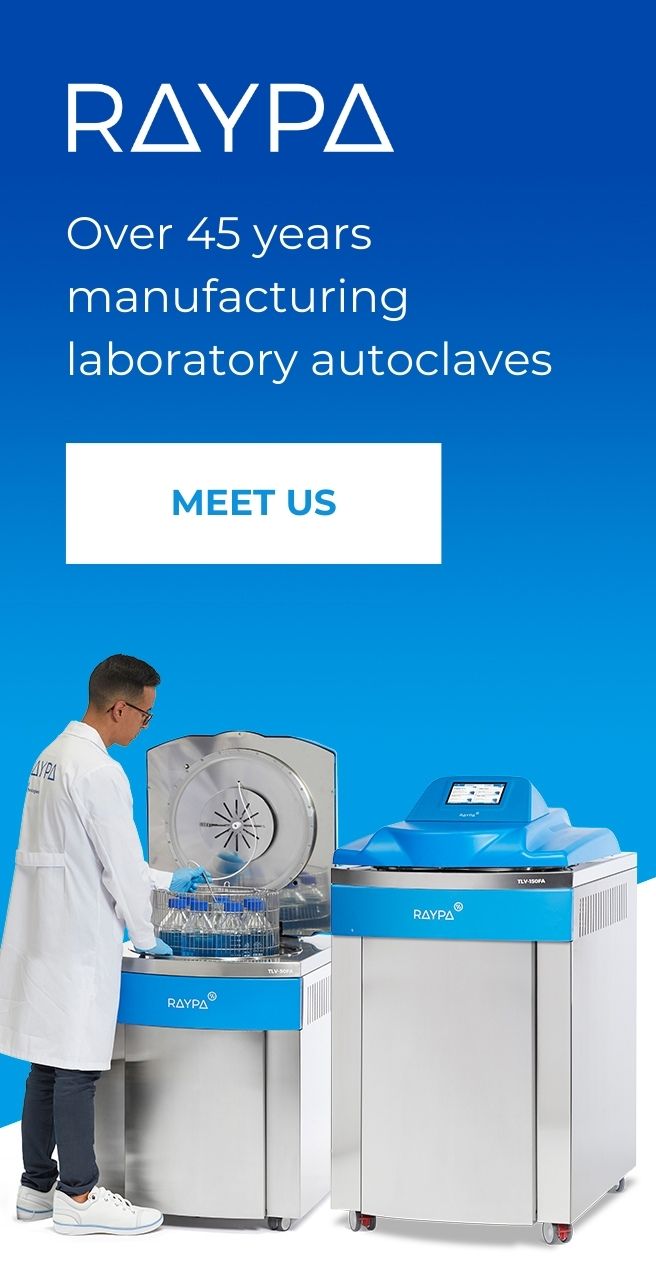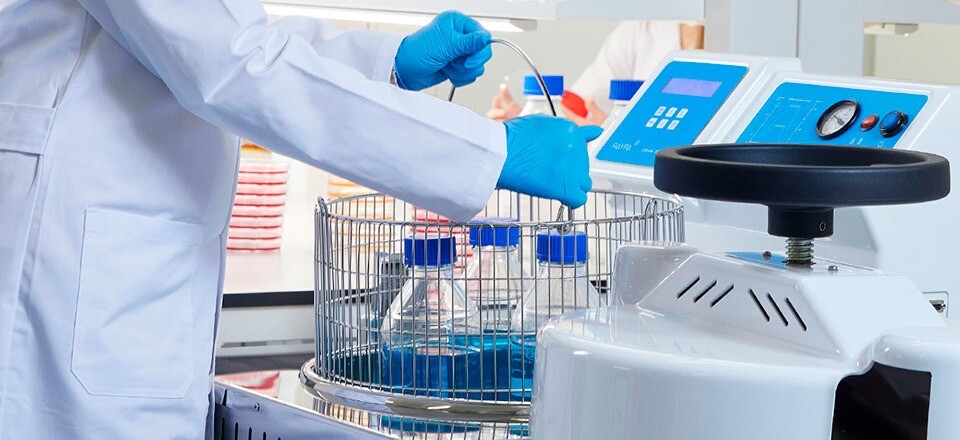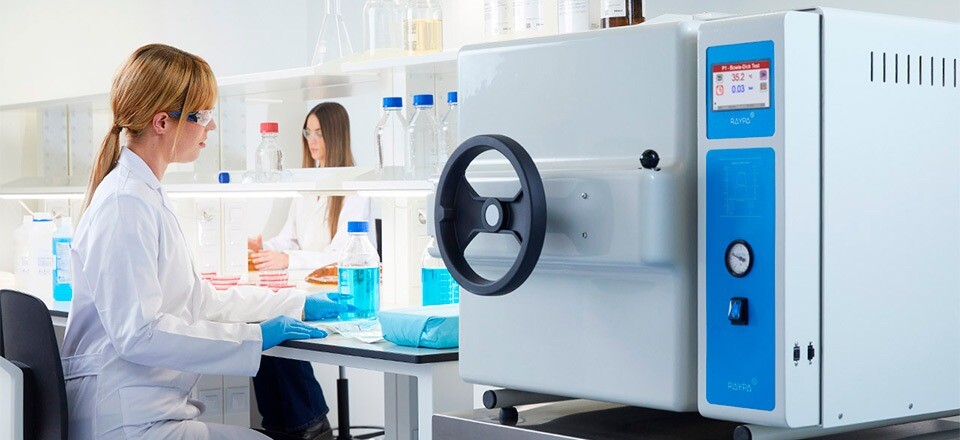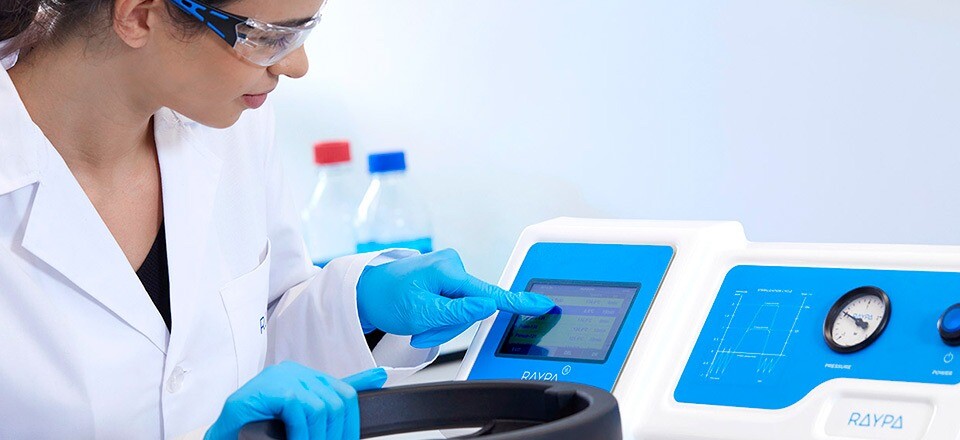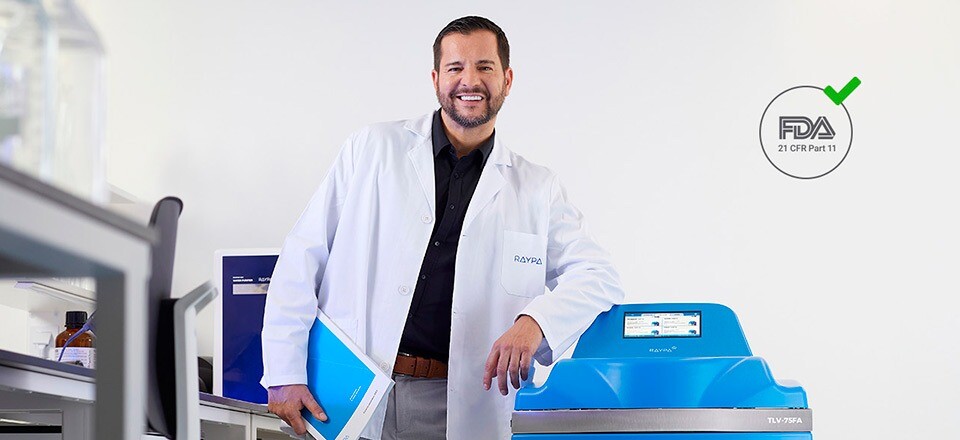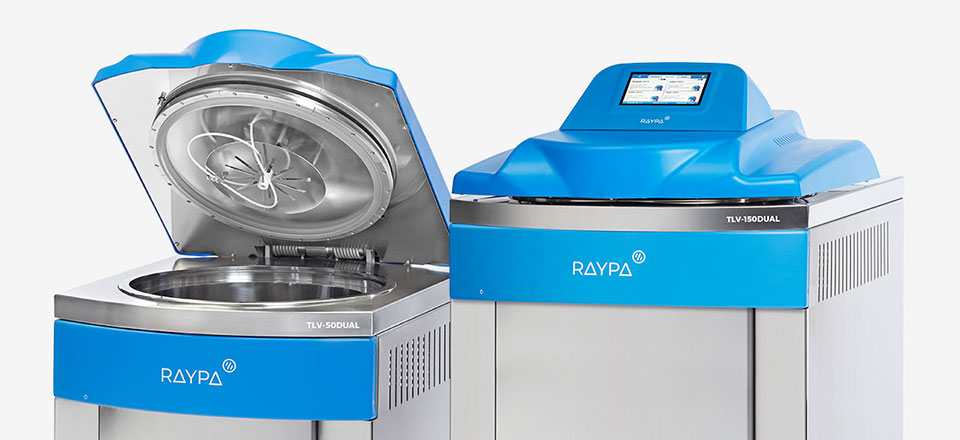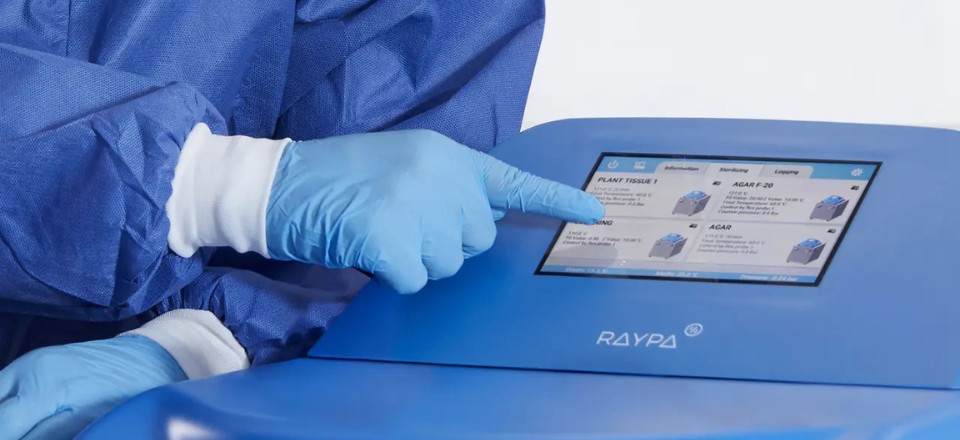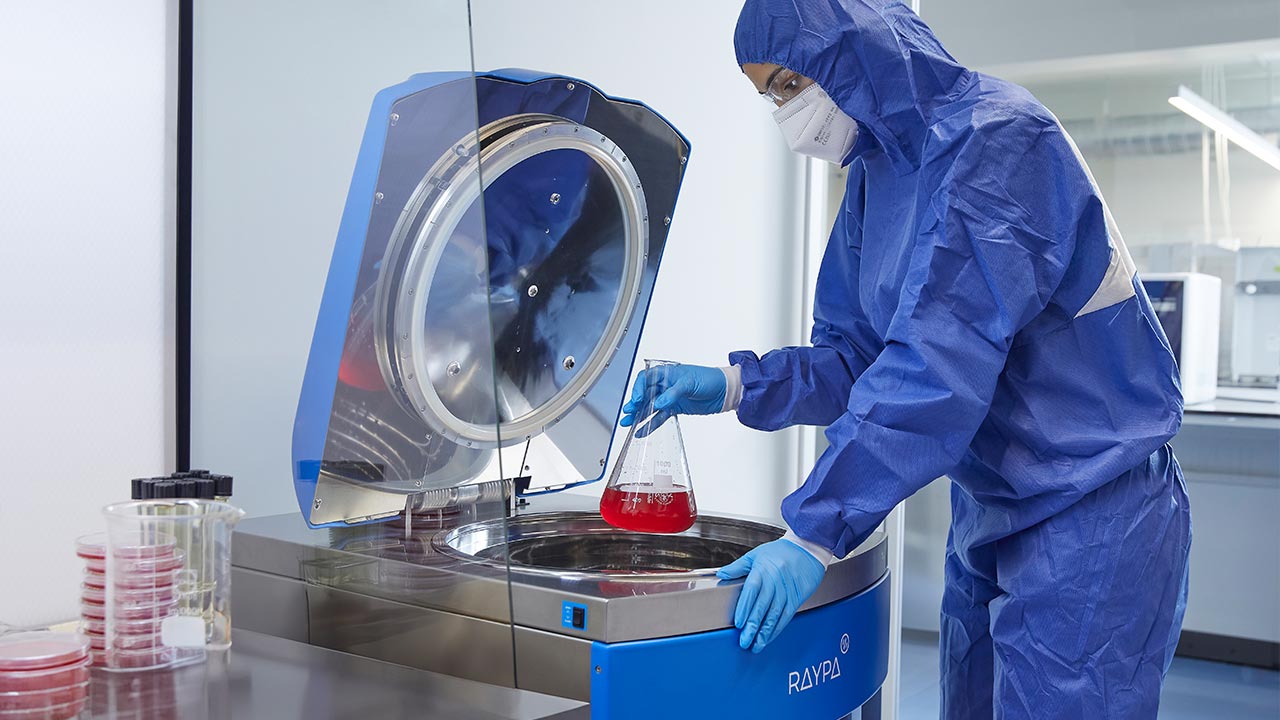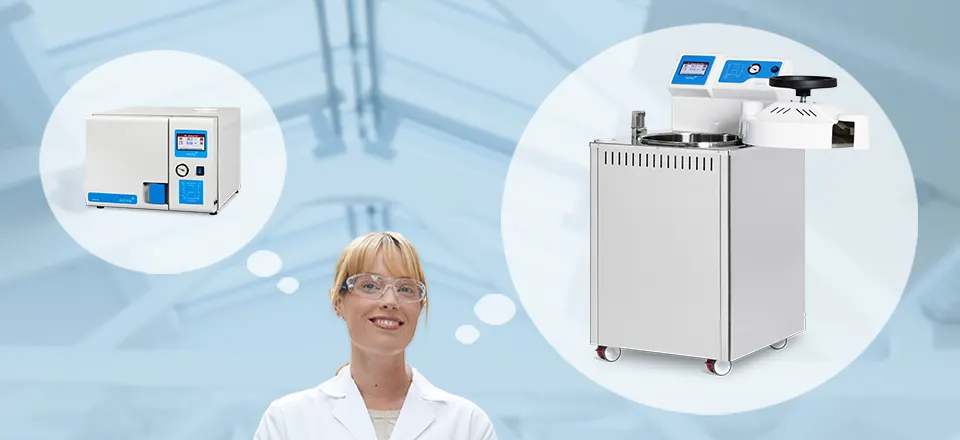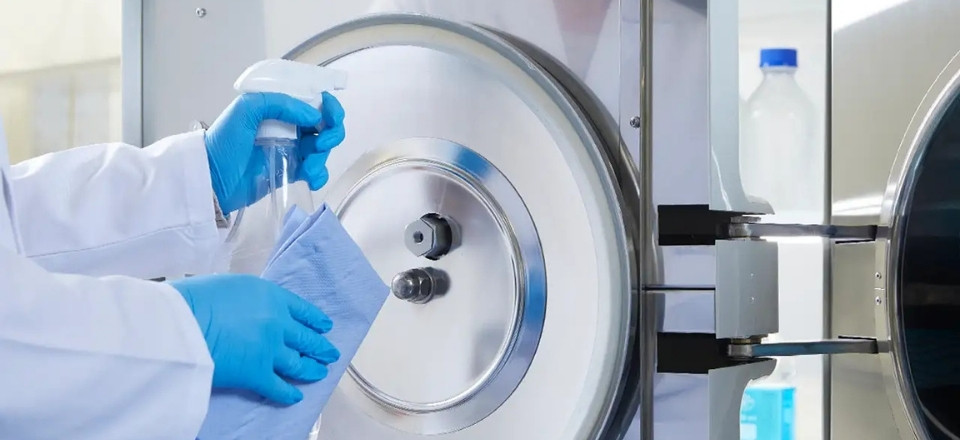5 Common autoclave errors and how to avoid them
Avoid the most common autoclave errors and enhance your sterilization processes. Discover how in our article.
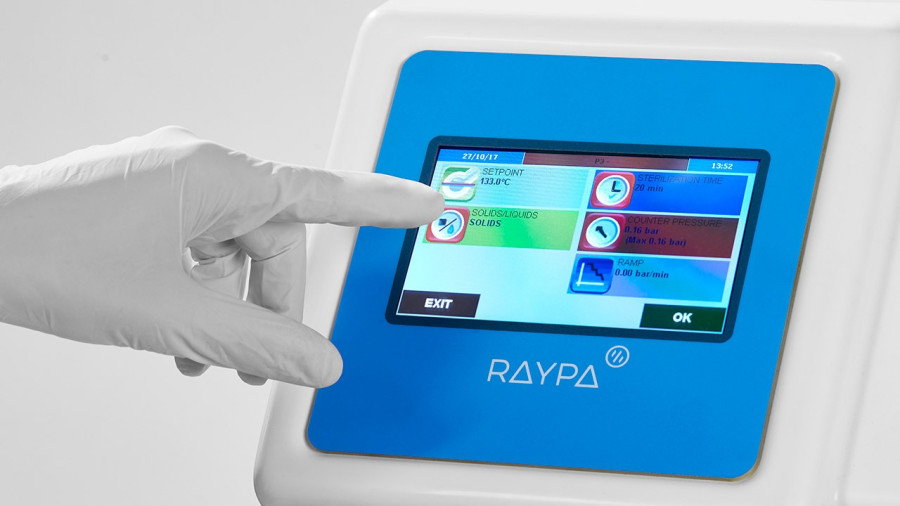
Have you ever wondered if your autoclave is running as smoothly as it should be? Have you faced any hiccups while using it? Knowing the common pitfalls that users experience with autoclaves can save you a lot of trouble.
The use of autoclaves is crucial across various industrial sectors, ranging from hospitals and microbiology laboratories to the pharmaceutical industry and research centers. These devices are essential for sterilizing medical implants, instruments, and waste, ensuring the complete inactivation of any microorganisms and guaranteeing a safe, contamination-free environment. But let’s face it, improper use of these essential machines can throw a wrench in the works, seriously affecting their efficiency.
At RAYPA, we pride ourselves on our expertise in laboratory autoclaves. Over the years, we’ve pinpointed the most frequent mistakes that users make. Our goal? To arm you with practical tips that ensure every sterilization cycle is not just safe, but flawless.
1. Overloading the Autoclave
Overloading the autoclave is a common cause of incomplete sterilizations. Attempting to sterilize too many items at once not only unnecessarily prolongs the heating phase but also hinders the free circulation of steam within the chamber. It is crucial that all internal and external surfaces of the items are accessible to steam to achieve proper sterilization.
The solution is practical and straightforward. It is essential to distribute the items evenly within the autoclave, ensuring that a minimum space is left between them to facilitate optimal steam circulation. Additionally, it is always advisable to place chemical and biological indicators within the load to verify that sterilization has been effective. Furthermore, it is imperative to adhere to the manufacturer’s recommendations regarding the maximum load capacity for each autoclave model.
Following these guidelines will not only ensure successful sterilization but also extend the life of your autoclave.
2. Using an incorrect sterilization cycle
Selecting an inappropriate sterilization cycle is a common error that can severely compromise the effectiveness of a sterilization process.
Each type of load requires a specific set of parameters and processes to ensure a complete sterilization of the load. Among the most important are the removal of non-condensable gases, the duration of the sterilization phase, the sterilization temperature, the pressure during the sterilization phase, and the use of the drying function at the end of the cycle. Using an incorrect cycle can result in incomplete sterilization and cause undesirable changes in the material composition or even structural damage to the processed items.
A clear example of this error is using a program designed for solid loads when sterilizing liquids. Liquids require a cooling phase with slow depressurization and, in some cases, the use of pressure support. Another common mistake is applying the same cycle duration parameters for both large and small volumes of liquids. This is problematic because large volumes take longer to heat and therefore require extended times for proper sterilization.
The key to avoid this error is training and attention to detail. It is essential to familiarize yourself with the different sterilization cycles available in an autoclave model and understand which is most suitable for each type of load. This involves carefully consulting the specifications provided by both the material and the autoclave manufacturer. Ensure that cycle selection is based on compatibility with the material, considering factors such as heat resistance and moisture sensitivity.
Common examples that require specific cycles include liquids, sealed containers, items with complex geometries, bagged objects, and textile materials.
By following these guidelines, you will not only ensure effective sterilization but also protect the integrity of the processed instruments.
3. Moisture in textile loads and porous objects after completing a sterilization cycle
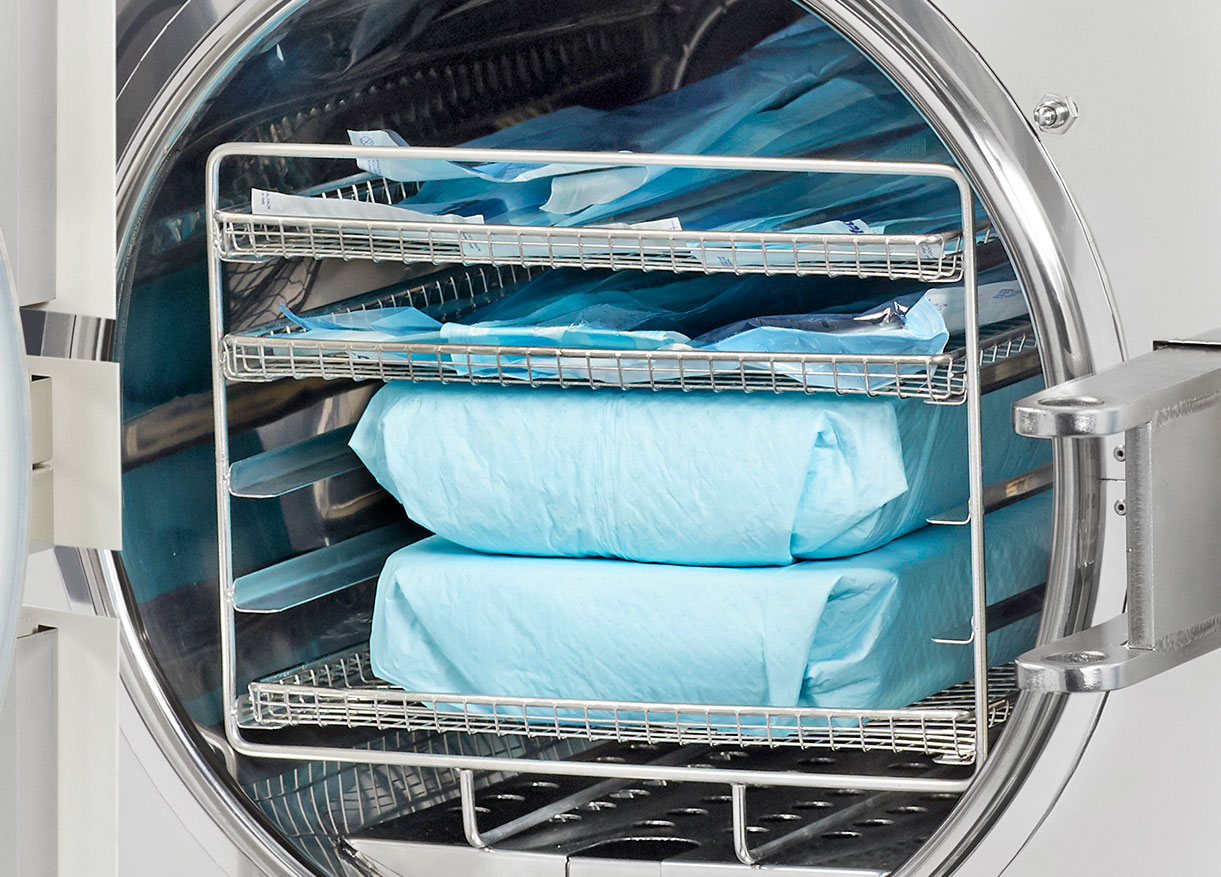
The presence of residual moisture in textile loads and porous objects at the end of a sterilization cycle indicates a suboptimal process or malfunction of the autoclave. These materials should be completely dry upon completion of the sterilization process. Residual moisture, in the form of condensed water, acts as a barrier that impedes the free circulation of steam and poses a significant risk for recontamination when the load is removed. This residual moisture can serve as a breeding ground for microorganisms, compromising the purpose of sterilization.
To prevent this issue, it is essential always to use a program that includes fractional pre-vacuum and final drying. This cycle is designed to first remove all cold air from the chamber through multiple vacuum pulses, followed by the injection of saturated steam produced by a steam generator, and subsequently, the removal and expulsion of all residual moisture through a drying system.
This ensures that items are removed completely dry and in optimal condition for subsequent use or safe storage. Additionally, depending on the volume and complexity of the load, the final drying phase may need to be extended.
Moreover, the arrangement of items in the autoclave influences the effectiveness of the drying process. It is crucial to ensure that packages or containers are not too tightly packed or poorly distributed, allowing for adequate steam circulation. Proper spacing facilitates uniform and complete drying.
If, after implementing these recommendations, the items still exhibit moisture after the drying cycle, it is necessary to inspect the condition of the equipment and perform any necessary adjustments or repairs.
Implementing these measures ensures that sterilizations are always successfully completed, avoiding the issue of a wet load at the end of the cycle and the associated risks of incomplete sterilization or recontamination.
4. Overlooking the importance of water quality
The quality of water used in autoclaves is a pivotal factor that is frequently underestimated. It plays a crucial role in both the effectiveness of the sterilization process and the longevity of the equipment.
When water that fails to meet recommended standards is utilized, lime deposits can accumulate on the chamber walls and internal components of the autoclave. This accumulation can lead to reduced efficiency, excessive mineral transfer to processed items, and eventual malfunctions. Such issues not only degrade the autoclave’s performance but also compromise the quality of sterilization.
To mitigate these risks, it is imperative to use demineralized or purified water in autoclaves. This type of water contains very low concentrations of salts and other impurities that could interfere with the sterilization process. Additionally, it is essential to implement a water quality control regimen, conducting periodic tests to ensure its consistent purity.
The specific type of water required will depend on the manufacturer’s recommendations and the intended use of the autoclave. Generally, autoclaves for medical purposes or those utilizing a steam generator should exclusively use purified water.
To address water quality concerns, RAYPA provides validated water softeners and purifiers designed for use with our equipment. Our installation guides and instruction manuals for each model offer clear guidance on this aspect. For further assistance, our engineering team is available to provide expert advice.
Maintaining rigorous attention to water quality not only prevents issues related to mineral buildup and corrosion but also ensures effective sterilization and prolongs the lifespan of the autoclave.
5. Neglecting regular maintenance and calibration
Ensuring the optimal performance of an autoclave is essential for conducting effective and safe sterilizations. However, neglecting regular maintenance and calibration can lead to a gradual decline in efficiency and potential equipment failures, ultimately compromising the sterilization process. Issues such as the deterioration of seals and valves or the miscalibration of temperature and pressure controls can remain undetected until they cause significant failures or ineffective sterilization.
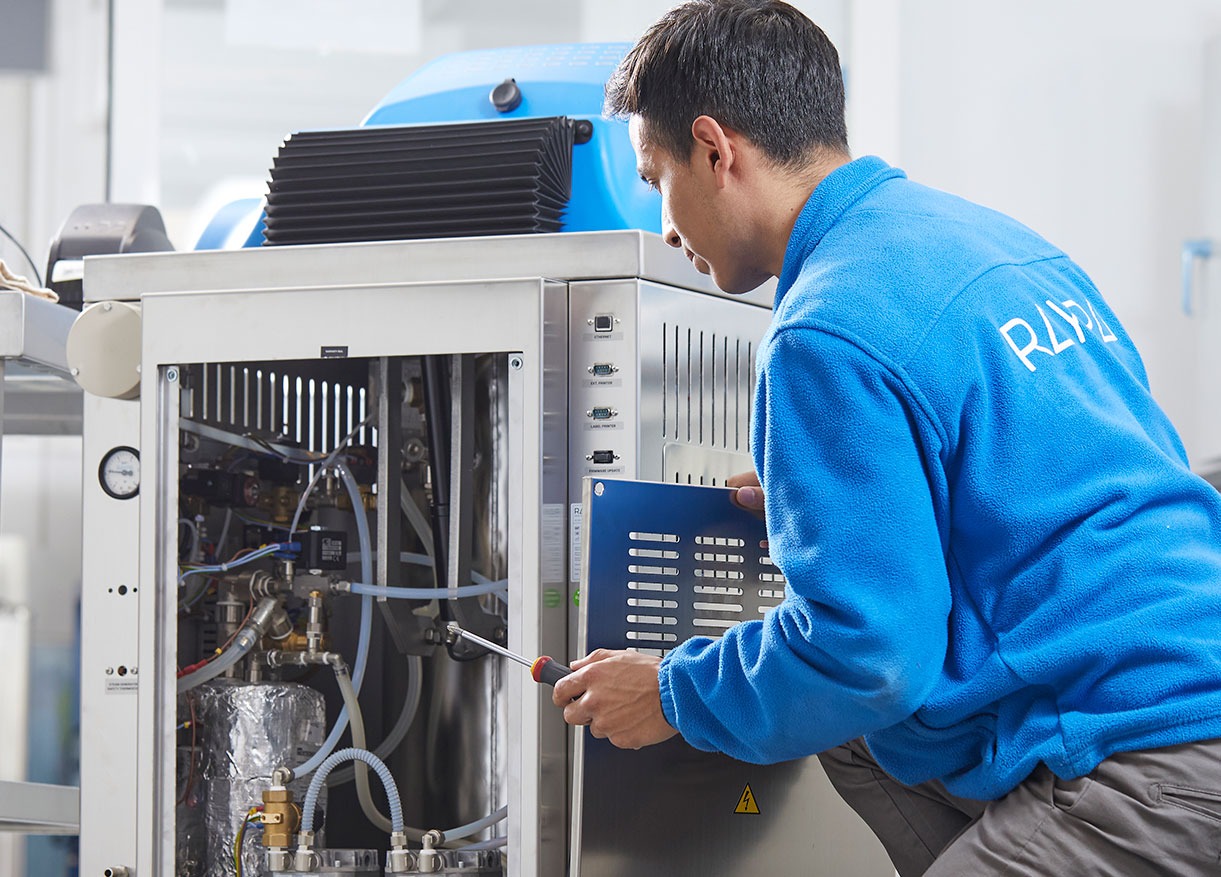
Implementing a rigorous maintenance and calibration program is paramount. This program should adhere to the autoclave manufacturer’s guidelines and encompass critical activities such as regular equipment cleaning, inspection and replacement of seals and valves, and periodic calibration. Accurate calibration of sensors is crucial to ensure that sterilization cycles operate under precise temperature and pressure conditions required for effective sterilization.
Establishing and following a meticulous maintenance schedule will not only prolong the autoclave’s operational lifespan but also maintain high standards of sterilization. This is vital not only for compliance with safety and health regulations across various industries but also for ensuring consistent reliability in every sterilization cycle performed.
If you encounter these or other issues with your autoclave, please contact us. Our team of specialists is ready to address your concerns and assist you in restoring your autoclave to optimal functionality.

